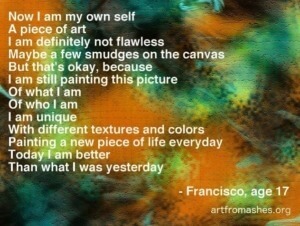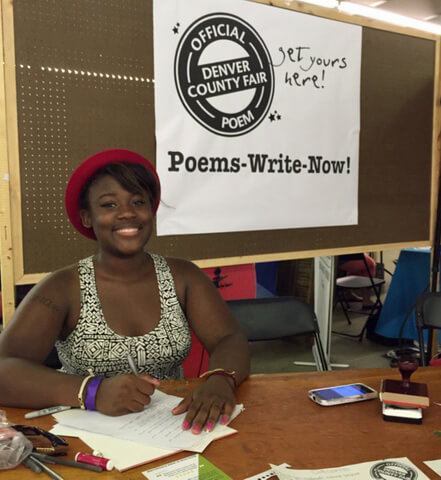by Johnny Fuenzalida
One of the trademarks of being a conscious being is having a brain, an organic command center to execute the functions of all of our voluntary and involuntary actions. The way your eyes just blinked, the amount of bile your liver just secreted into your bloodstream and the firmness with which you press the elevator call-button are traced back to the luminous and tireless neurons racing through your synapses. This also means that the practices of making and observing art are both functions of our brains — from the choice of canvas to the feeling of utter elation after seeing a sold out Salt-N-Pepa show, our brains actually show measurable behaviors that correspond to our experiences.
In 2013, Professor Adam Zeman headed a team of neuroscientists at the University of Exeter studying the differences between bland, technical prose (a heater installation instruction manual was used) and poetry. Using functioning magnetic resource imaging (fMRI), the team discovered that while both prose and poetry activated the “reading centers” of the brain, the emotional impact of the poetry was found in the same part of the brain that lights up when we’re emotionally stirred by music. The study also revealed that poetry strongly affected the posterior cingulated cortex, a region of the brain where introspection takes place. Poetry, therefore, has the ability to produce the same “chilling” effect that a beautiful piece of music does, while giving us a heady dose of self-reflection. When it comes to creating the poetry, however, a different set of rules apply.
Dr. Matthew Lieberman, a neuroscientist at the University of California, conducted a study in which he scanned the brains of 30 participants while they were shown distressing pictures. The participants, while writing, tended to have decreased emotional activity and a strong increase in the pre-frontal cortex—the executive and cognitive areas of the brain. This means that writing about a scenario that normally produces anxiety can actually have a cathartic, therapeutic effect. However, the more vivid and descriptive the writing became, the subjects appeared less relaxed, essentially “reliving” a traumatic experience. Why? Let’s ask science!
In the 1990s, many scientists began to focus their research on how the brain responds to language. Going back to the trusty fMRI machines, they scanned the brains of individuals hearing and reading very descriptive writing. Researches had determined that the processing of language wasn’t contained in a single “module,” of the brain, as scientists had previously believed. Benjamin Bergen, researcher at the University of California, says that language is actually “a whole-brain type of process.”
Hypothetically, if I say that, sitting inside and writing this article while it’s such a beautiful day outside is as comfortable as wearing wet socks, your brain immediately recalls the sensory experience of wet socks, and also conjures up an image of me working at a computer. You could also probably determine my stress level based on the comparison of the image and the feelings. “The way that you understand an action is by recreating in your vision system what it would look like to perceive that event and recreating in your motor system what it would be like,” Bergen says.
This is the reason vivid and descriptive writing of traumatic experiences can increase levels of anxiety. This is also why it’s easy to cringe when reading an account of physical pain (especially one that we have personally experienced).
While the true nature of artistic expression is still an ever elusive concept, these experiments have shown that art is biologically devoted to mankind’s mental processing of the world. Throughout our day-to-day routine activities, we are unconsciously using the same mechanisms that engineer the most imaginative, empathic masterpieces that we know of.








